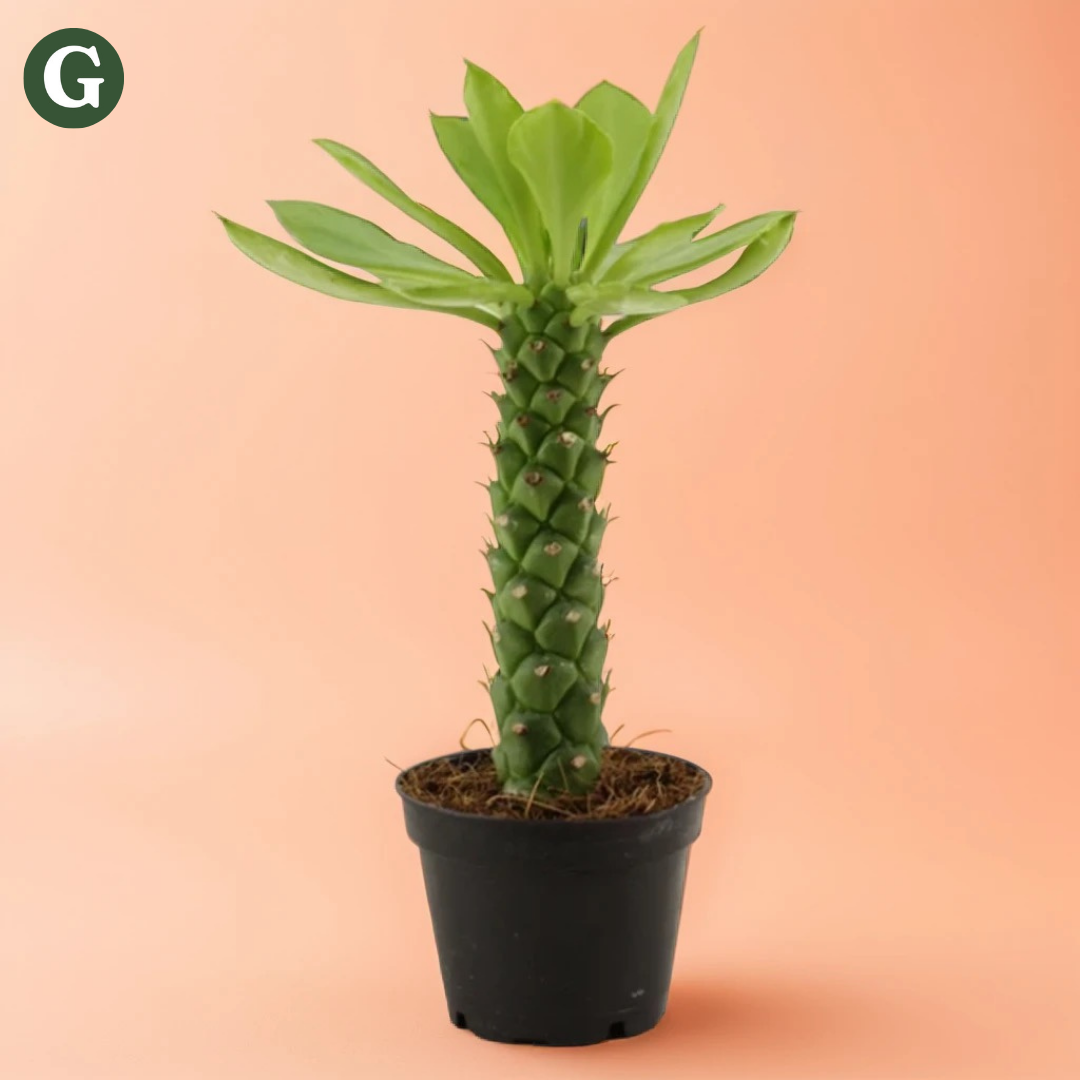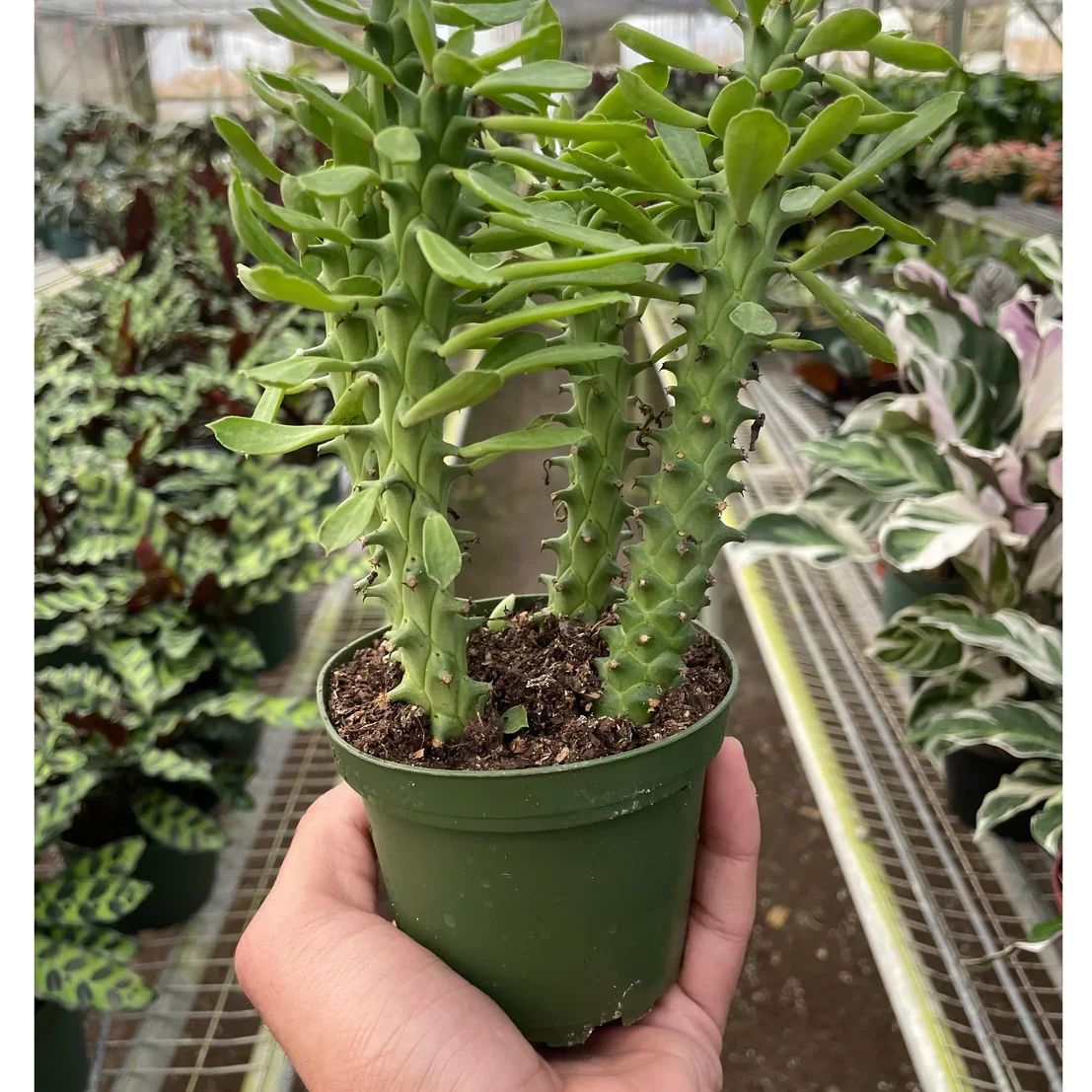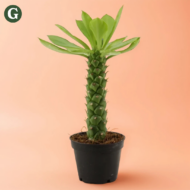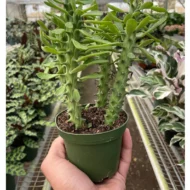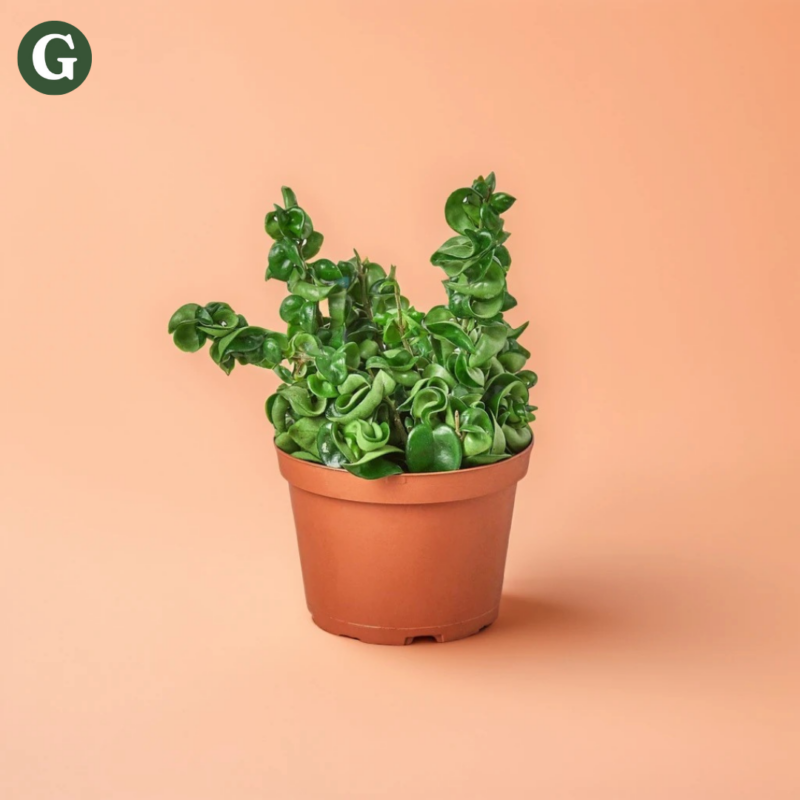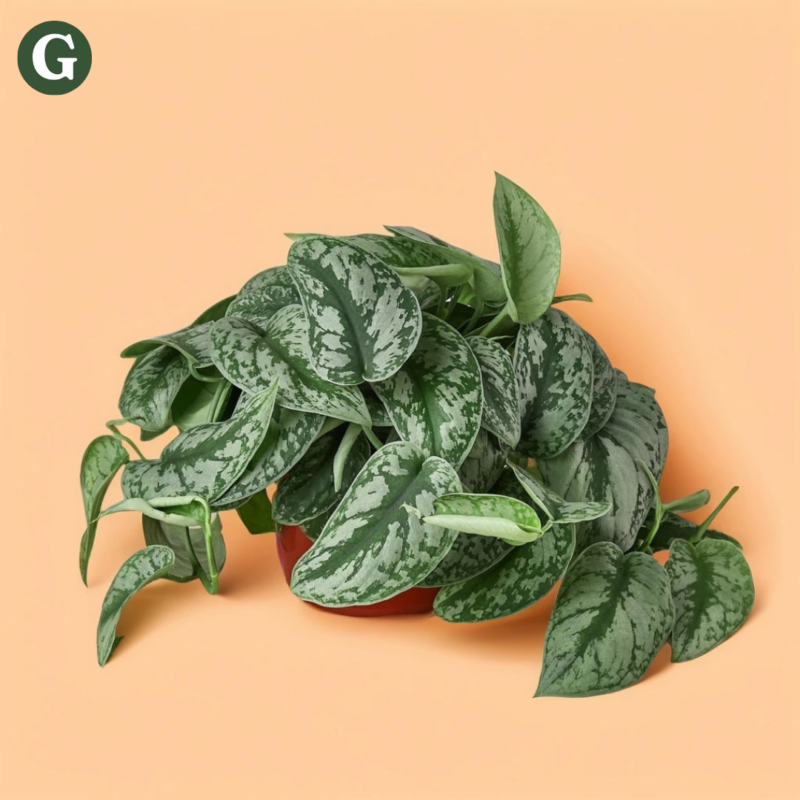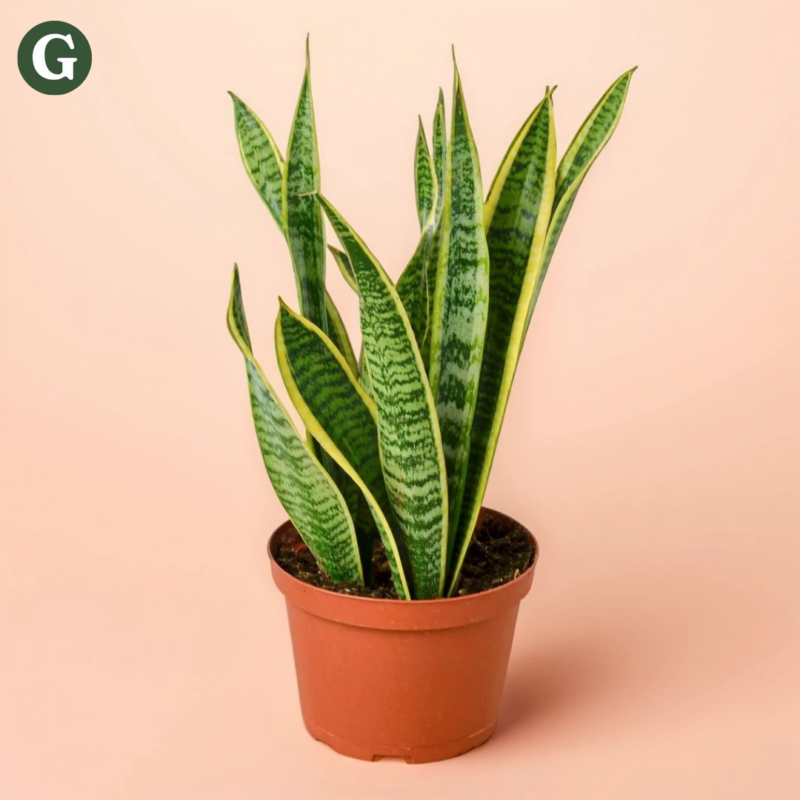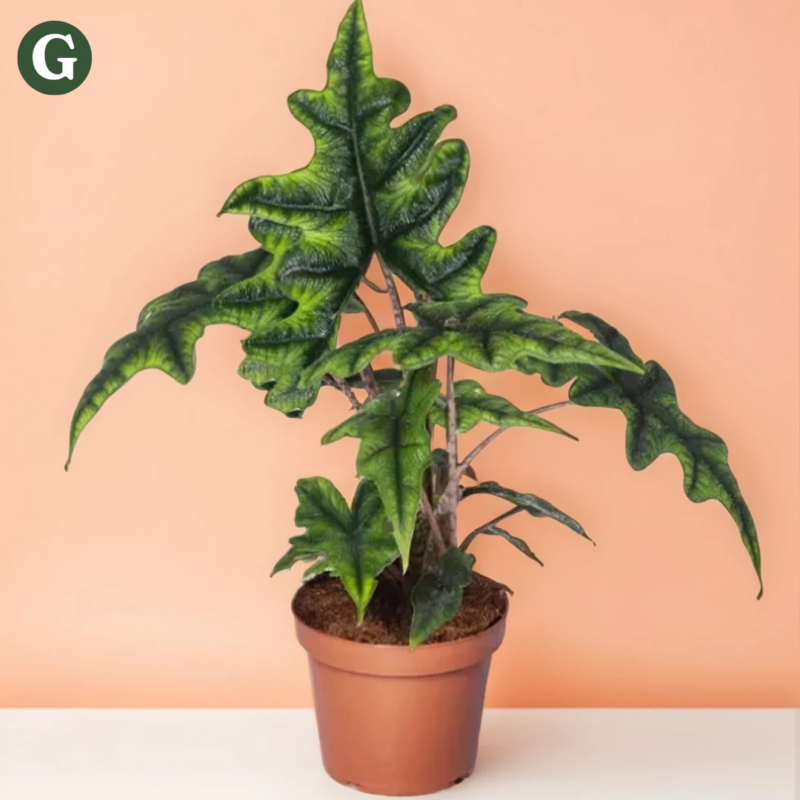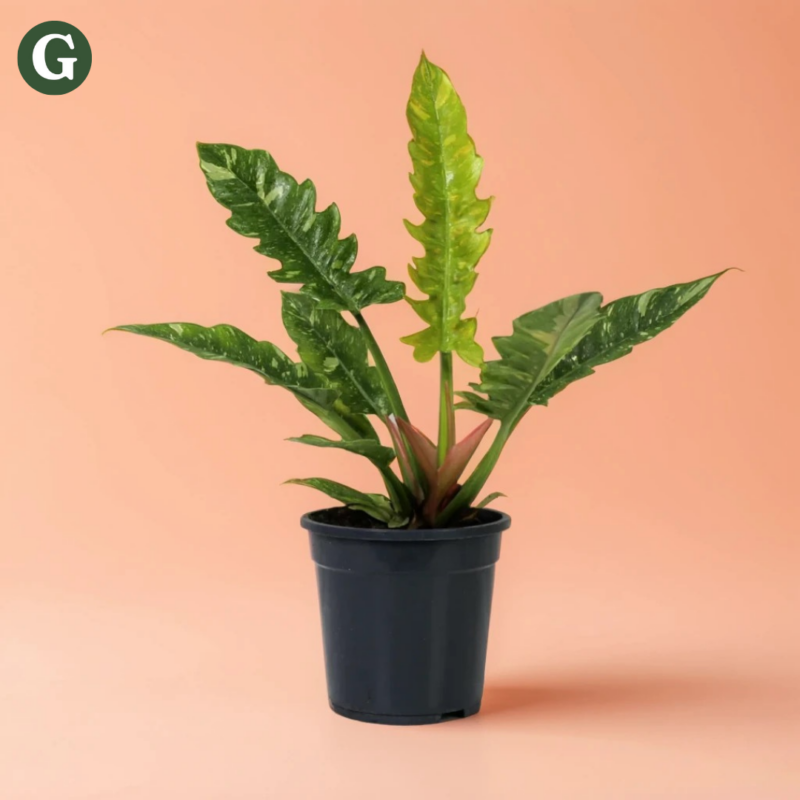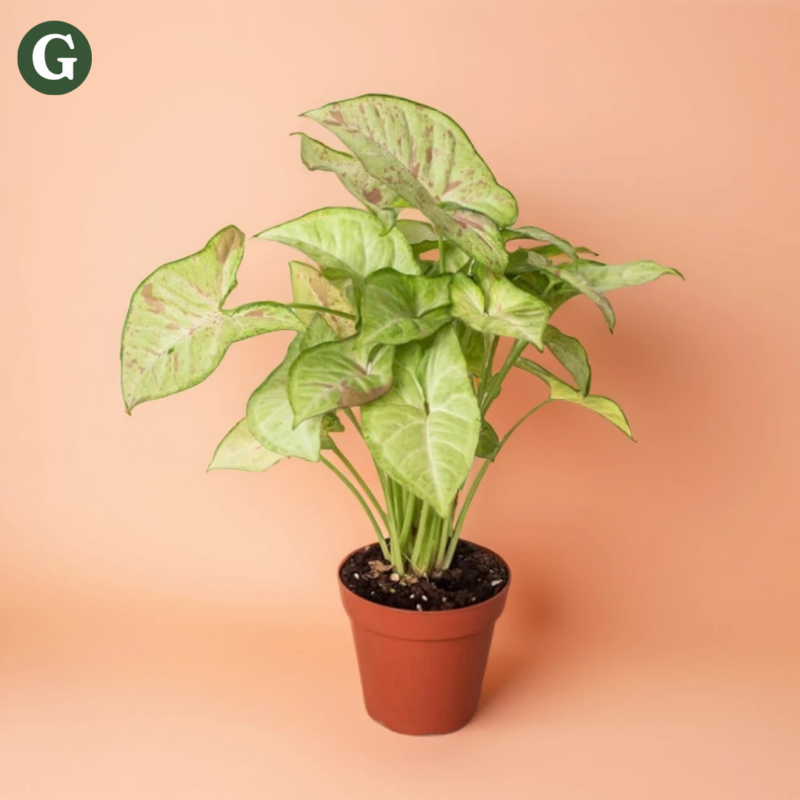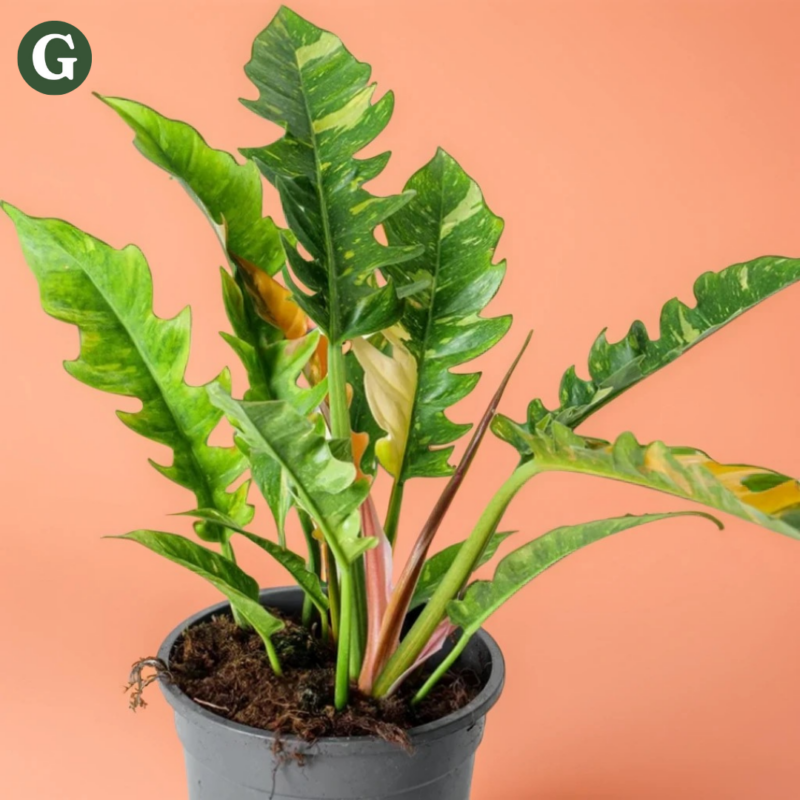Succulent Euphorbia Sausage Spurge
Botanical Name: Euphorbia guentheri
Common Name(s): Sausage Spurge, Guenther's Euphorbia, Sausage Cactus
The Euphorbia guentheri, commonly known as "Sausage Spurge", is an eye-catching and distinctive succulent native to the arid regions of East Africa. This plant gets its unique name from its thick, cylindrical, sausage-like stems that grow in clusters, giving it a very sculptural and unusual appearance. The stems are a bluish-green hue and are adorned with small, soft spines along the ridges, adding texture to the plant's already striking form. Over time, the stems grow tall and can reach heights of 3-4 feet (0.9 to 1.2 meters), making it an impressive feature in any succulent collection or desert-inspired garden.
The Sausage Spurge thrives in bright, indirect light but can tolerate some direct sunlight. However, too much exposure to harsh sun can cause the stems to become scorched. Like most succulents, it is highly drought-tolerant and should be watered sparingly. Allow the soil to dry out completely between waterings, and ensure that the pot has drainage holes to avoid root rot, which can occur with excess moisture. The plant enjoys warm temperatures and grows best in environments ranging from 65-85°F (18-29°C).
This plant is low-maintenance, making it an excellent choice for beginner succulent enthusiasts. It requires minimal care beyond occasional pruning to maintain its shape and size, and its distinctive appearance makes it an attention-grabbing addition to your home or garden.
Note: Like other members of the Euphorbia family, Euphorbia guentheri Sausage Spurge produces a milky latex sap when cut or damaged. This sap can cause skin irritation and eye discomfort, so always handle the plant carefully, wearing gloves to avoid contact. Keep it out of reach of pets and children to prevent accidental ingestion or irritation.
Care Insights & Expert Tips
- Very Low Maintenance: This succulent is a popular choice for beginners as it's very easy to maintained.
- Succulent/Cactus Mix: For this succulent, a well-draining succulent soil mix is preferred as this soil mimics a dry desert environment.
- Repot every 2-3 years: Repot every 2-3 years or when the plant becomes too large for its container.
- Handle with Care: This succulent is covered in spines that can cause painful injuries. Use thick gloves when handling them.

Visit our plant care library
Find essential tips to keep your plants thriving, vibrant, and healthy.
